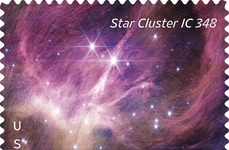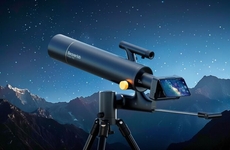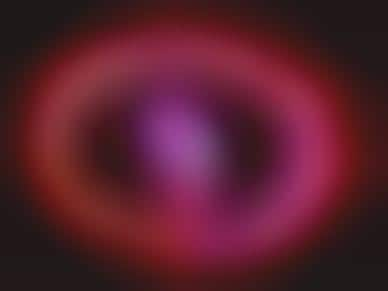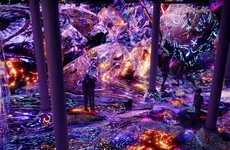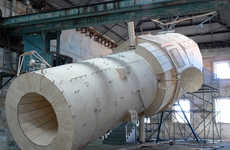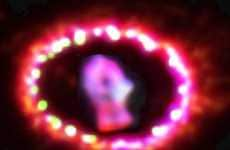
The Supernova 1987A was Captured Mid-Transition by the Hubble Telescope
Susan Keefe — September 16, 2011 — Tech
This stunning image of Supernova 1987A transforming from supernova to supernova remnant was captured by NASA's legendary Hubble Telescope. Capturing such a sight of a transitioning supernova is rare to say the least. Aside from its snappy name, Supernova 1987A is the closest supernova to explosion in nearly 400 years. It is also incredibly close to the earth, so it is unusually easy to observe.
Since the launch of the Hubble Telescope in 1990, the impressive apparatus has been capturing images of Supernova 1987A as it progresses. NASA officials reported that the supernova had begun to burn brighter recently, implying that a different source of power had caused the debris of the supernova to light up; this is why we see this mesmerizing ring. The ring is further highlighted by a series of spectacular X-ray generating shock-waves that signal the supernova's transition from plain ol' supernova to remnant. So, feast your eyes on this sumptuous sight because it's likely to never be seen again.
Since the launch of the Hubble Telescope in 1990, the impressive apparatus has been capturing images of Supernova 1987A as it progresses. NASA officials reported that the supernova had begun to burn brighter recently, implying that a different source of power had caused the debris of the supernova to light up; this is why we see this mesmerizing ring. The ring is further highlighted by a series of spectacular X-ray generating shock-waves that signal the supernova's transition from plain ol' supernova to remnant. So, feast your eyes on this sumptuous sight because it's likely to never be seen again.
Trend Themes
1. Stellar Evolution Imaging - Advancement in imaging technology can provide rare footage of different stages of stellar evolution.
2. Supernova Monitoring - Tools and resources can be developed to aid in constant observation and monitoring of supernovas and their transition phases.
3. X-ray Shock-wave Applications - Research can be conducted on the benefits and potential applications of X-ray shock-waves generated during supernova transitions.
Industry Implications
1. Space Exploration - More sophisticated telescopes and tools can be developed to better observe and study the phenomena of space and the universe.
2. Astrophotography - Advancement in imaging technology can revolutionize astrophotography and bring to light more mysterious and breathtaking visuals.
3. Materials Science - The study of materials science can benefit from research into X-ray generating shock-waves and the possible applications of these shock-waves.
1
Score
Popularity
Activity
Freshness


